With about 7 million inhabitants, Laos is a home for over 100 ethnic groups which can be grouped into 4 families, each speaking its own dialect and having its own customs and religious views.
Upon my research and recommendations from locals, They told me I should visit Ban Kok Phung Tai, a Katu village, 90 km (56 miles) east of Pakse, the second largest town in Laos. I knew two things: the village was within a coffee plantation surrounded by beautiful nature; upon arrival, I had to look for Captain Hook. I was greeted with coffee in a bamboo cup and what awaited me was culture shock.
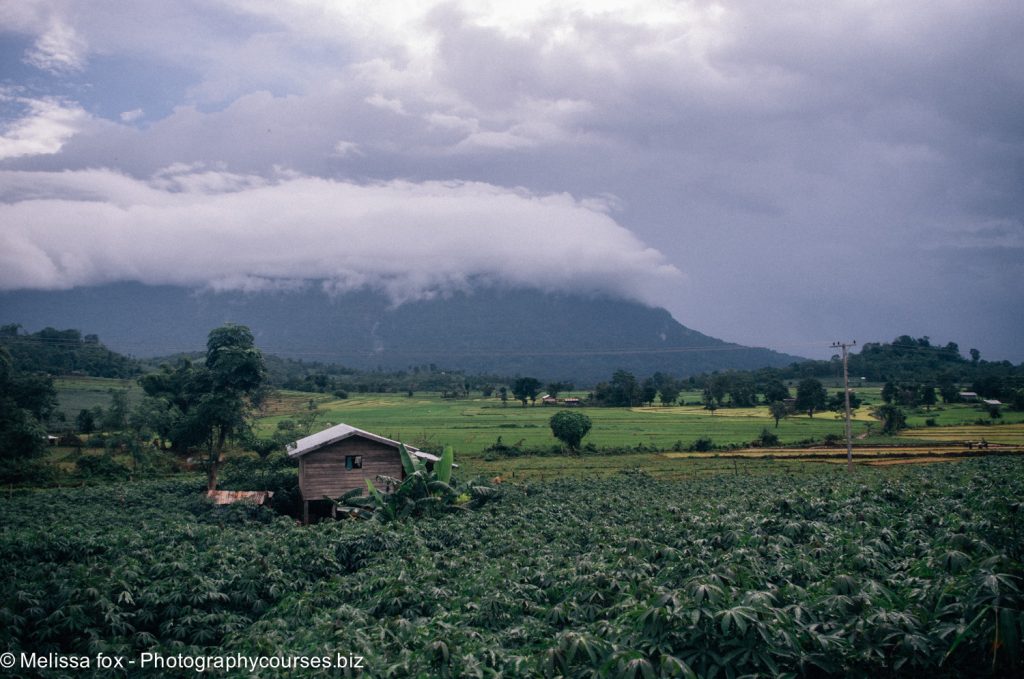
The Katu people are animists ‘Ka’ means mountain. ‘Tu’ means river. ‘Ka-Tu’ – people living in the mountain by the river. One of the oldest known type of belief system in the world. They hold the belief that a spirit exists in all things – plants, rocks, animals, rivers, mountains – not just in human beings; that there exists no hard boundary between the physical and the spiritual world. Spirits are both benevolent and malevolent, the latter being believed to possess people, causing illness and bad luck. They believe in Shamanism, and Shamans are consulted in many aspects of life, including the naming of a child and the interpretation of dreams.
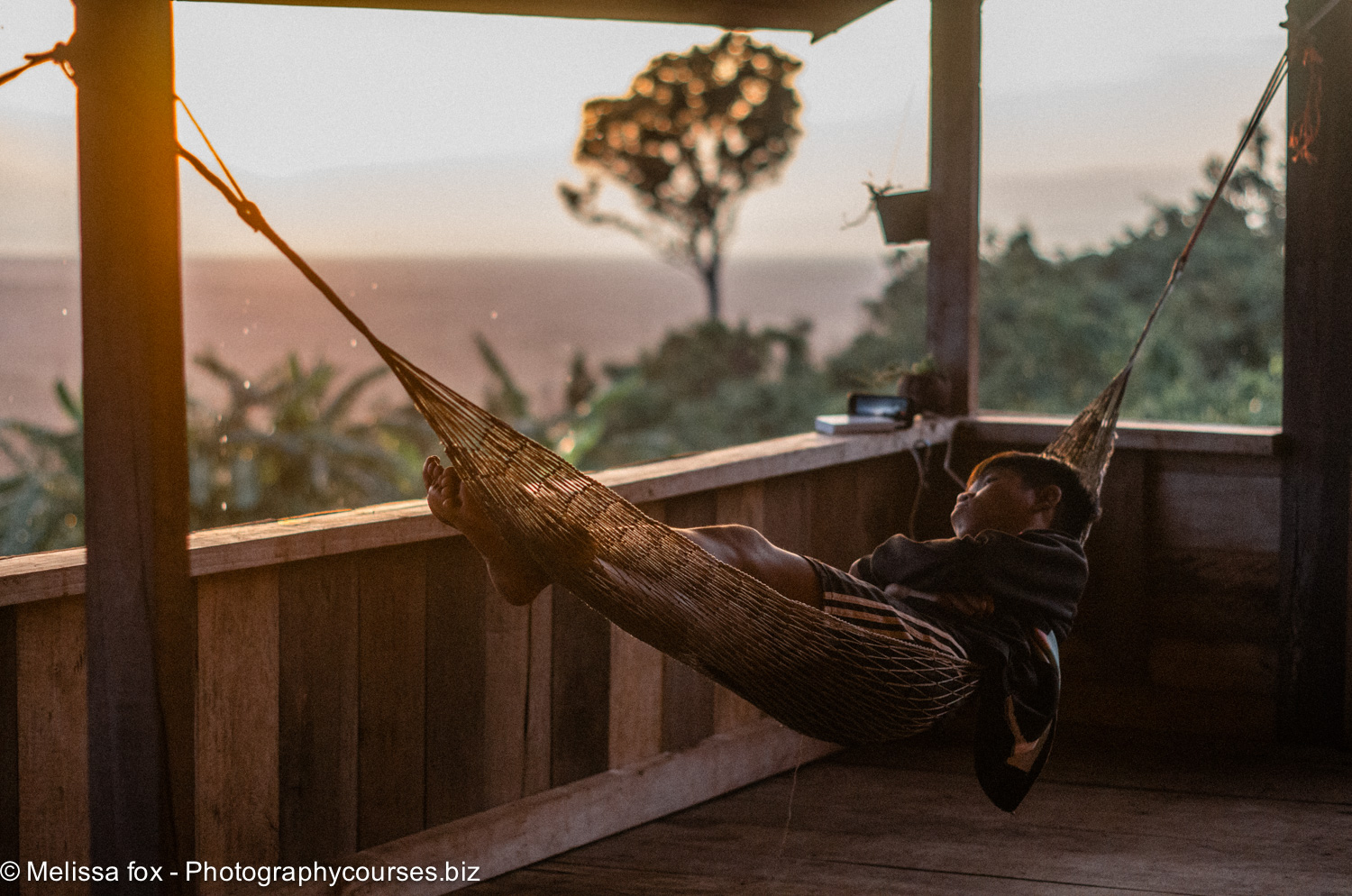
The Katu have a mon-khmer language of their own and most villagers do not speak nor understand Laos. This inability to understand the language spoken around them leaves them isolated in their community and they fear leaving it. They believe that outsiders might put a evil curse on them which would eventually kill them, if they leave their village.
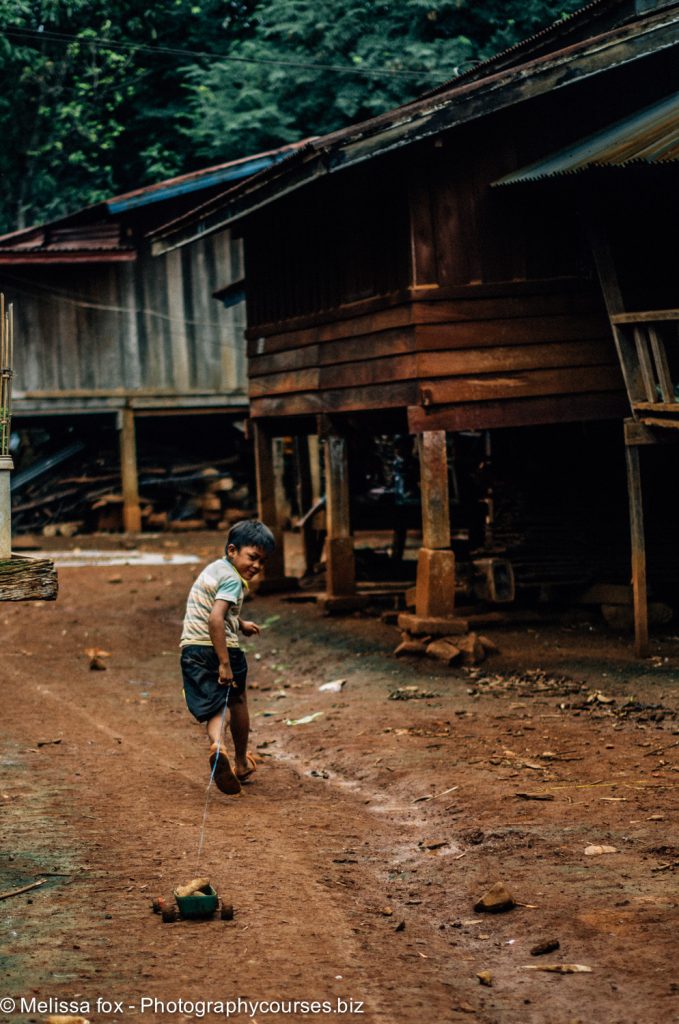
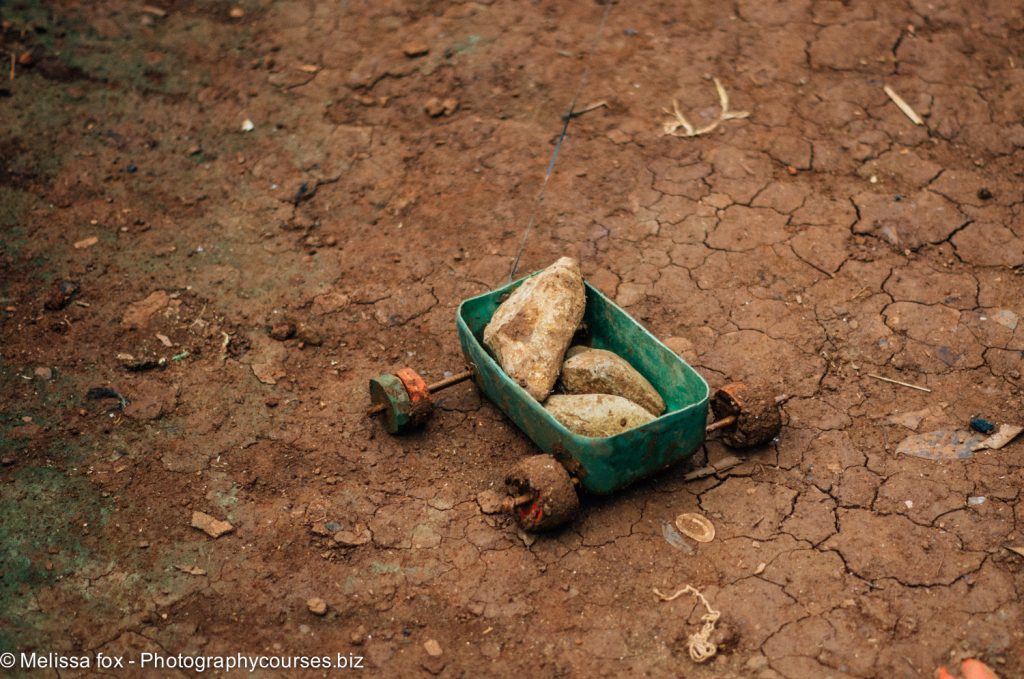
Many will not step outside the village and surrounding farming lands their entire lives. Education is almost non-existent with villagers believing that the Earth is flat; that what they see on TV is real (they don’t like watching violent shows because they believe the violence is really happening to someone); that someone having pale skin because we don’t need to work and drink a lot of milk; that Africans have dark skin because they work hard and live on higher ground, closer to the sun; that someone has a longer nose because they eat a lot of bread; that cameras can steal pieces of your soul.
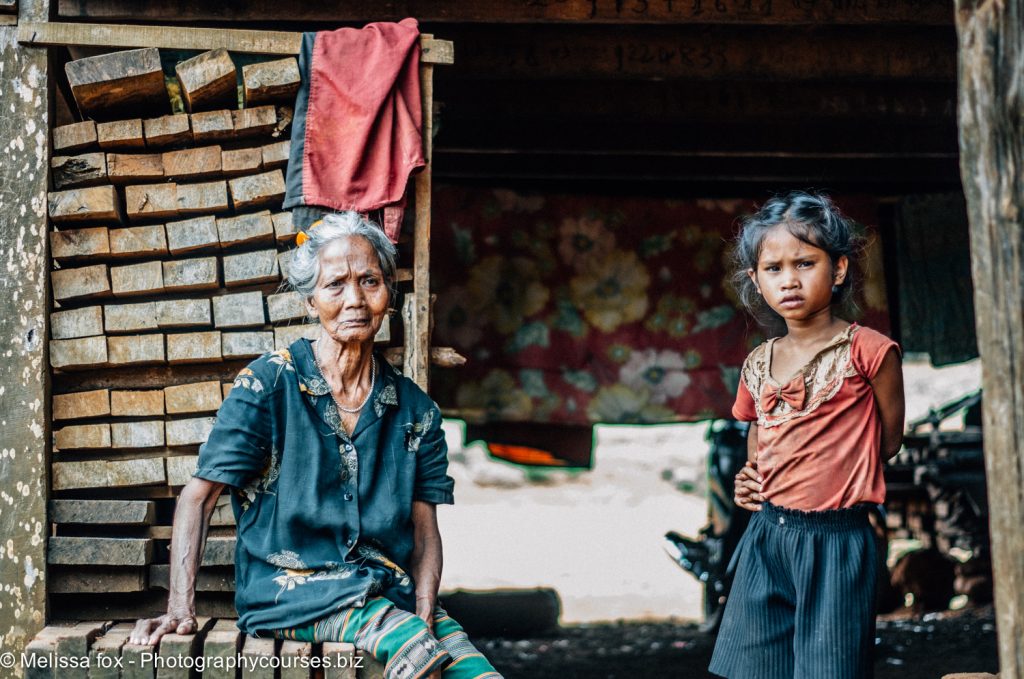
Captain Hook
Mr. Hook, or Captain Hook, is somewhere within the age of 32 – 35. He is not exactly sure as the Katu people don’t follow the Gregorian calendar. Instead they measure time using natural signs (such as the passing of the seasons) to determine their new year. He is an interesting character, the renegade in his small community. His name came from a dream of his father about a stone he saw by the water falls, their dialect for stone is ” HUK” overtime as Huk met tourist, he was dubbed as ” Captain Hook”.
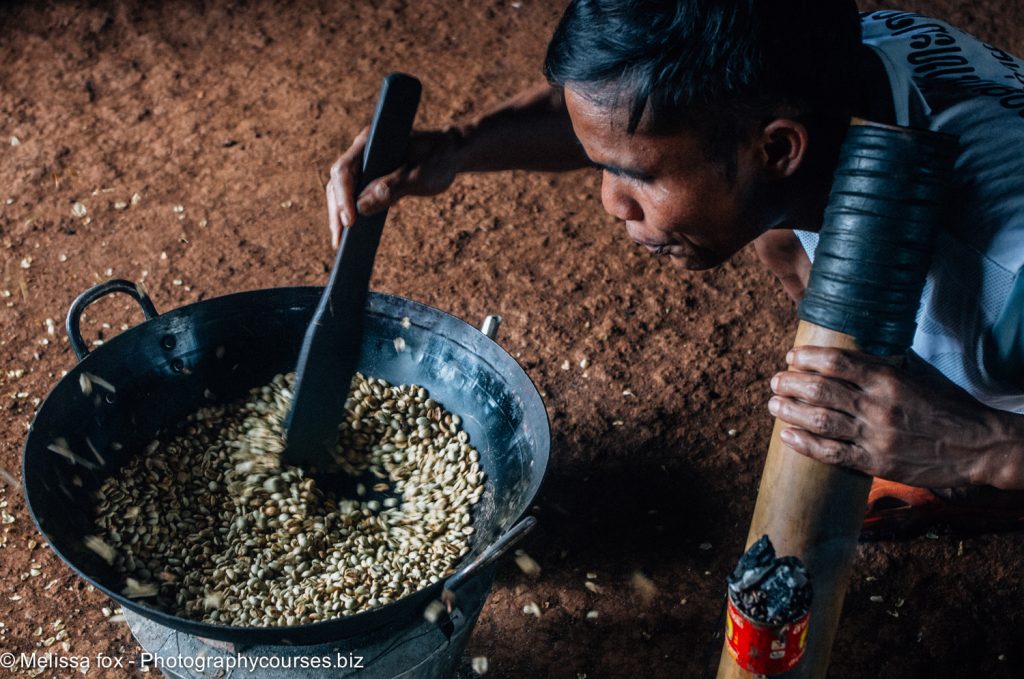
To his parents’ disappointment, he is among the very few who had left the village. In his late teen years he went to study in Vietnam. Unfortunately, he couldn’t complete his university degree as his parents tricked him into an arranged marriage. They told him his grandma was dying and he had to come home to say goodbye. When he returned he was welcomed by his perfectly healthy grandma, a bride and a wedding ceremony waiting for him.
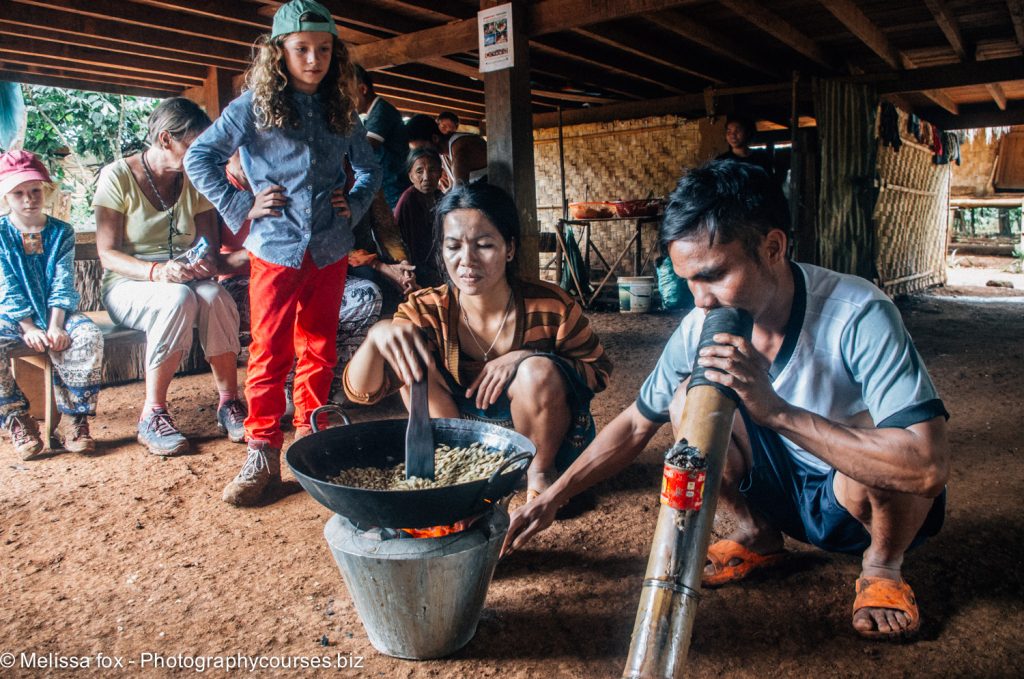
“I was trapped”, Captain Hook shared with a little regret in his eyes, “I got out of two arranged marriages. The first time I convinced my brother to marry the girl. The second time – my cousin. The third time,” he paused, “there was no way out.”
He ended up getting married to a woman he didn’t love, who was at the same time very much in love with another guy from the village. A plot, I would say, comparable to a Latin American soap opera.
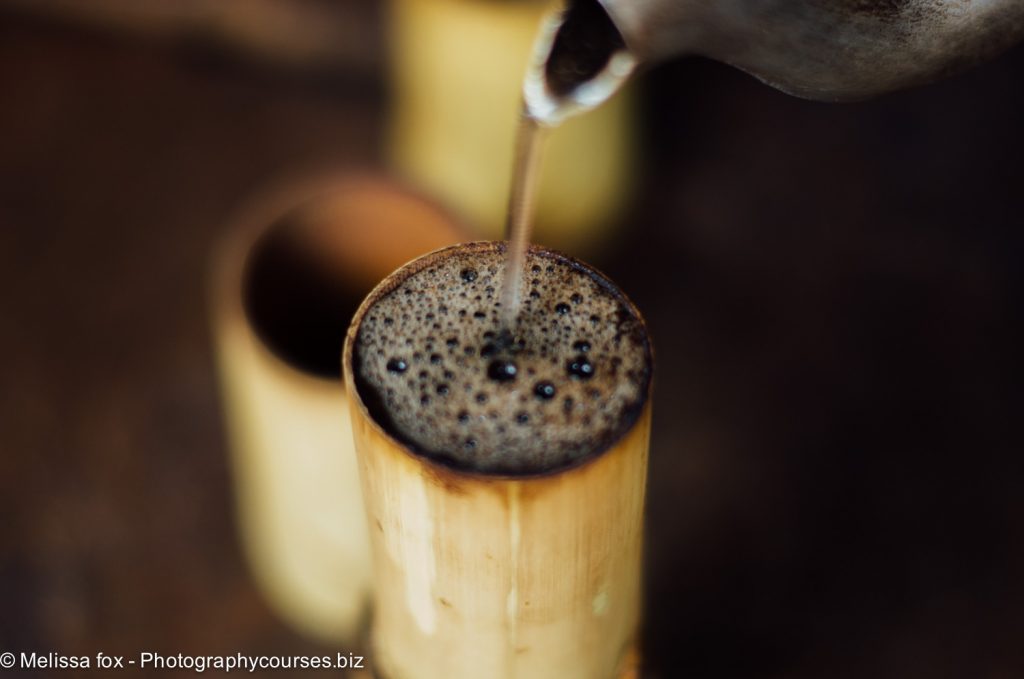
The happiness of his parents didn’t last long. Captain Hook’s free spirit made him take occasional trips to Vietnam, where he had sex with other women. According to the village laws that was equivalent to something like stabbing a person in the chest. When the guru found out about his infidelity, his family had to pay the highest price: to sacrifice one buffalo, one pig and one chicken in order to chase the bad spirits away. As a result of his continuous mischievous behavior, his family was left with no animals and he was forbidden to ever leave the village without permission.
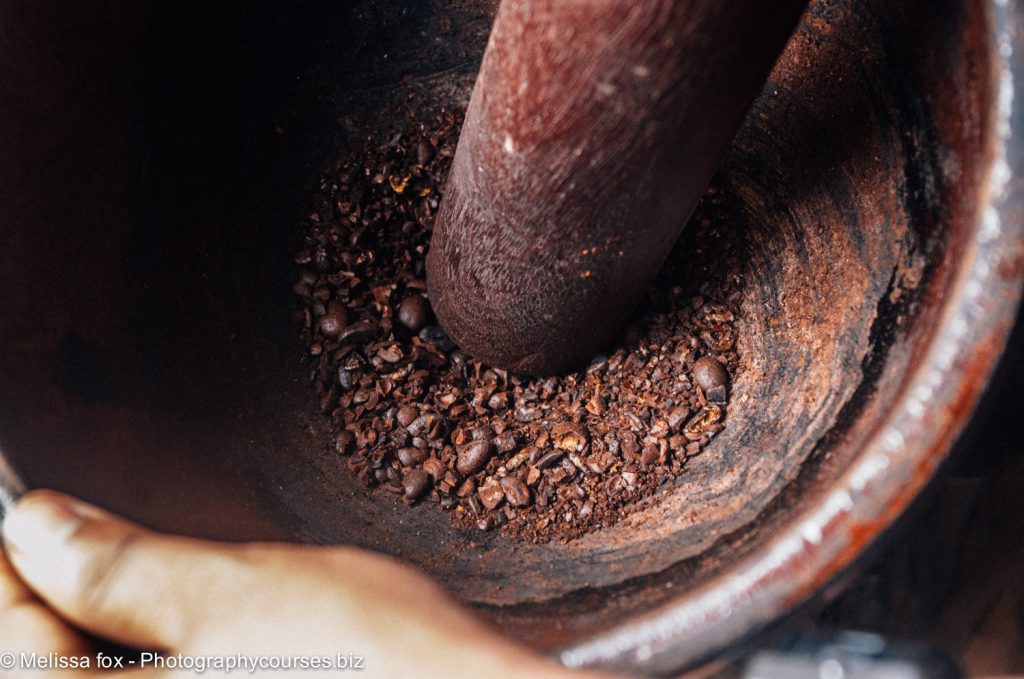
His desire to communicate with foreigners combined with his reluctance to work the fields like everyone else in the village, led to the birth of the Captain Hook Coffee Plantation Homestay and Tour.
“You know what they say, if the mountain will not come to Muhammad”, he paused, then continued with a grin on his face, “then Muhammad must go to the mountain.”
Despite the annoyance of his fellow villagers, Captain Hook had put Ban Kok Phung Tai on the traveler map and his tour started to gain popularity among the people
LIFE IN THE VILLAGE
That afternoon, I was greeted with a cup of homegrown coffee in a handmade bamboo cup and a large bamboo bong. I accepted the coffee and kindly deferred the bong for the evening. A few minutes later, I realized that everyone around me was smoking, even the kids. “Oh, snap!” I thought, “Did I just break a social norm?” So I asked. Lee (meaning Dark skin), relative of Captain Hook and one of the few that spoke or understood any English, told me that “smoking tobacco”, as they call it (later in the evening I found out it was actually a mixture of tobacco and sugar cane), was a habit good for two things – chasing the bad spirits and the mosquitoes away.
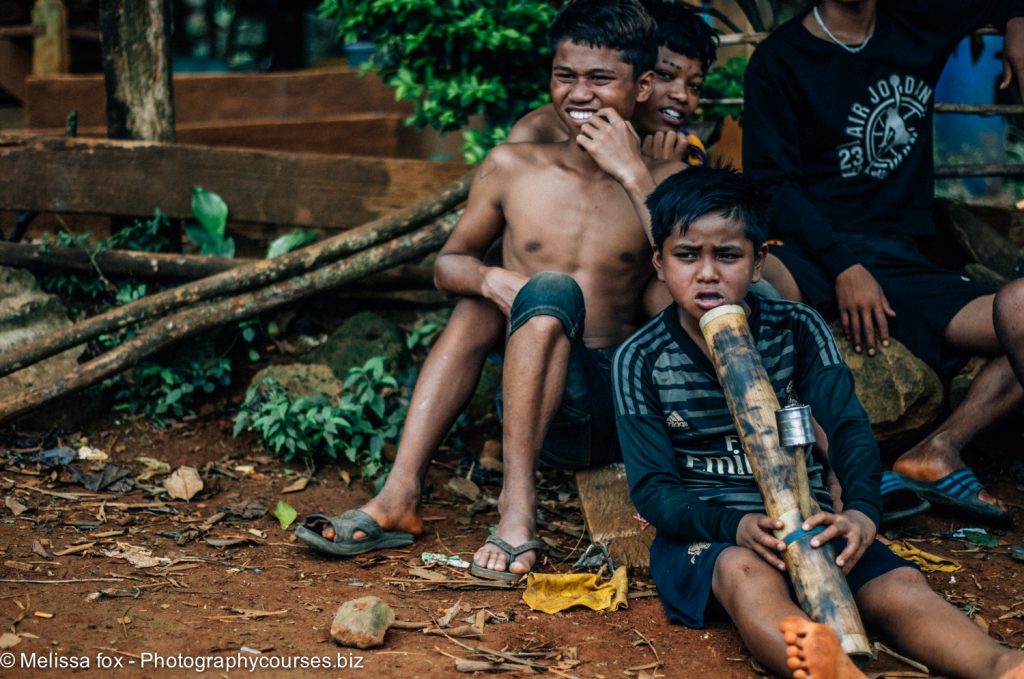
Around 700 inhabitants live in a little over 30 houses in that rustic village with no infrastructure. That’s about an average of 23 people per house with the largest house holding 69 people! That’s no surprise since polygamy there remains a common practice, with children being married as early as 16 – 17 years of age (before it used to be 8 – 12). They draw the line at 5 wives per man.
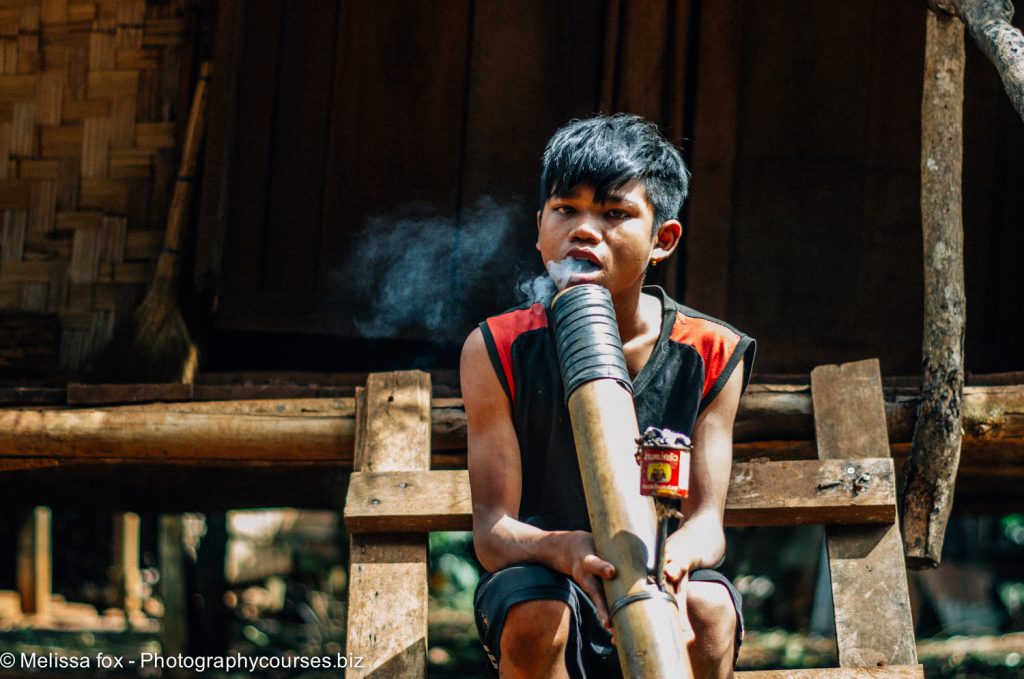
All 69 people living together, not what you think as a huge house with 30 bedrooms. They live in five by seven meters wooden shacks build on stilts above the ground. The interior is divided into one or two sleeping rooms including a common area for visiting and eating, and a separate kitchen area or side terrace.
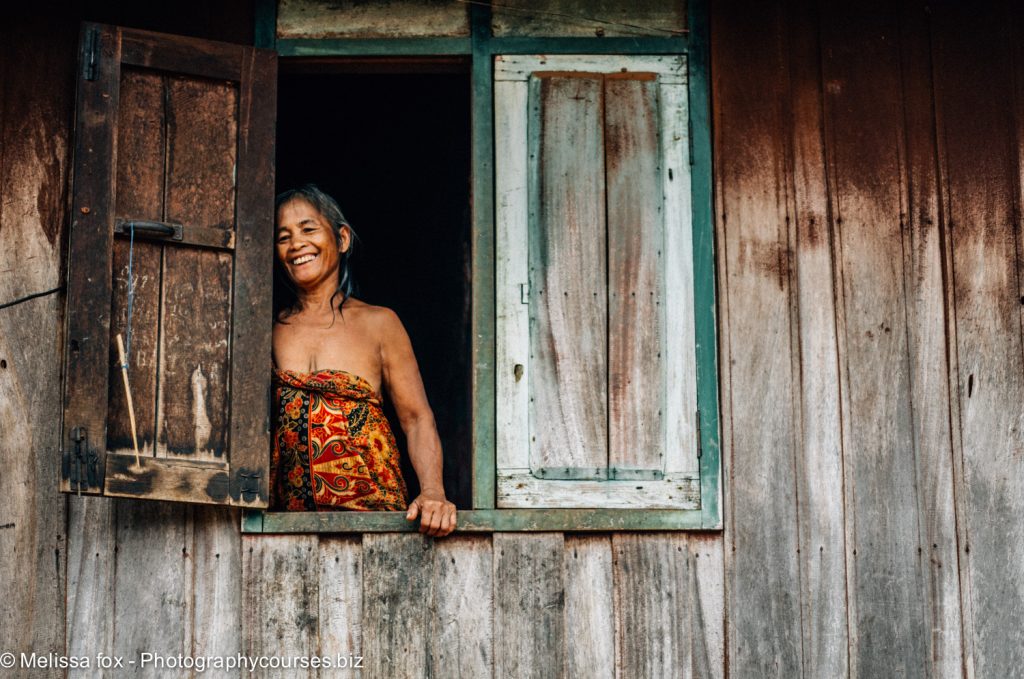
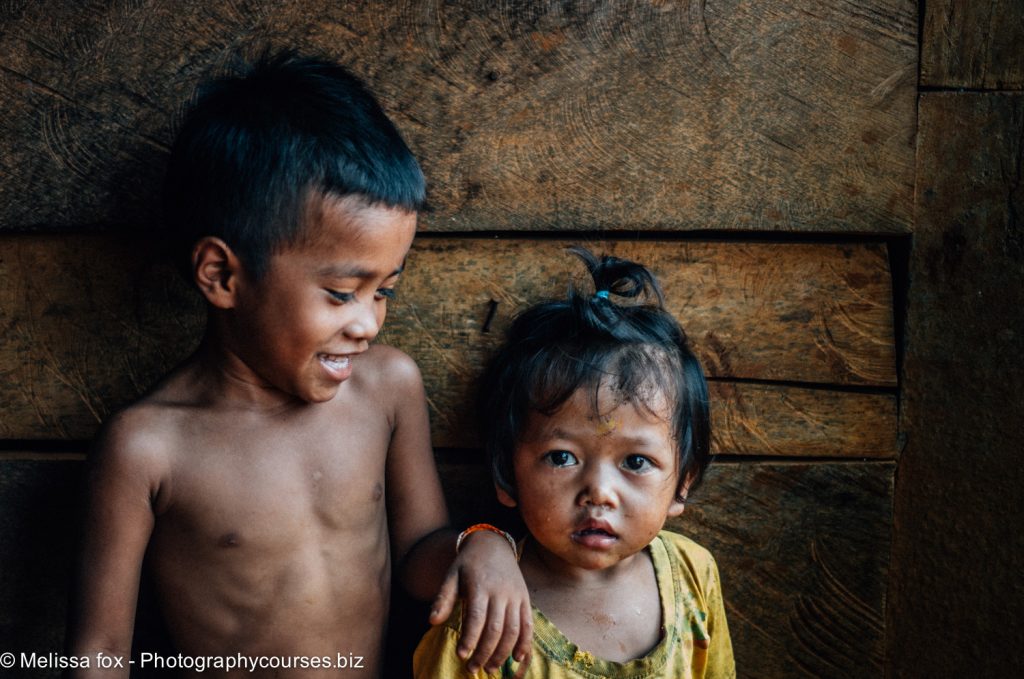
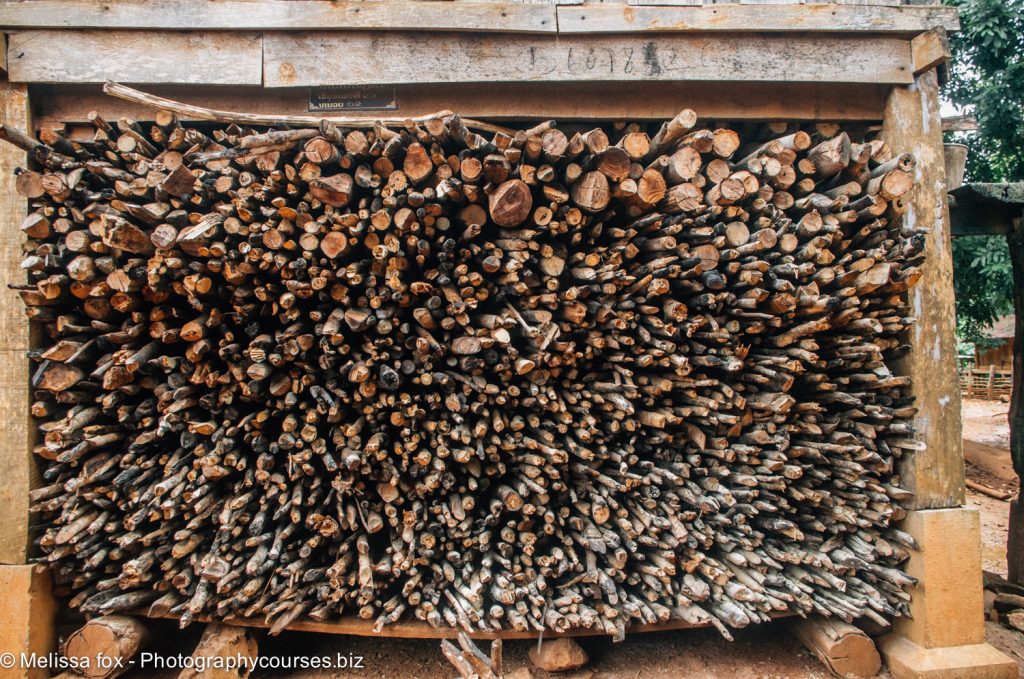
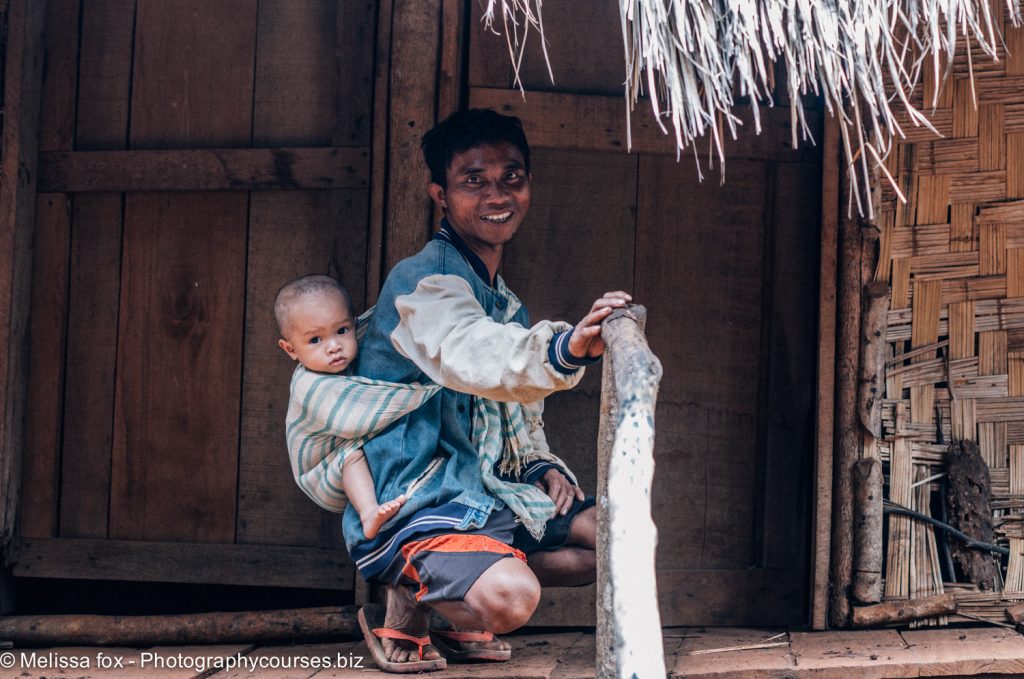
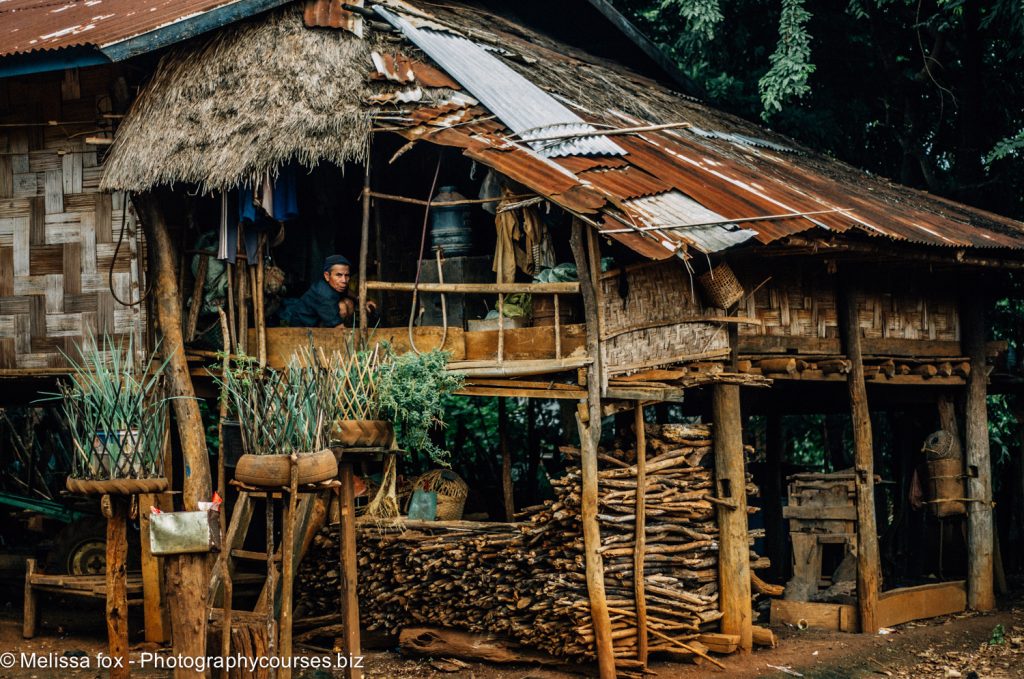
Animal sacrifice is still practiced, with a cow being slaughtered to mark the end of the debt once a dowry is paid in full. Animals are also sacrificed during ceremonies to mark important events such as at the end of the rice harvesting season.
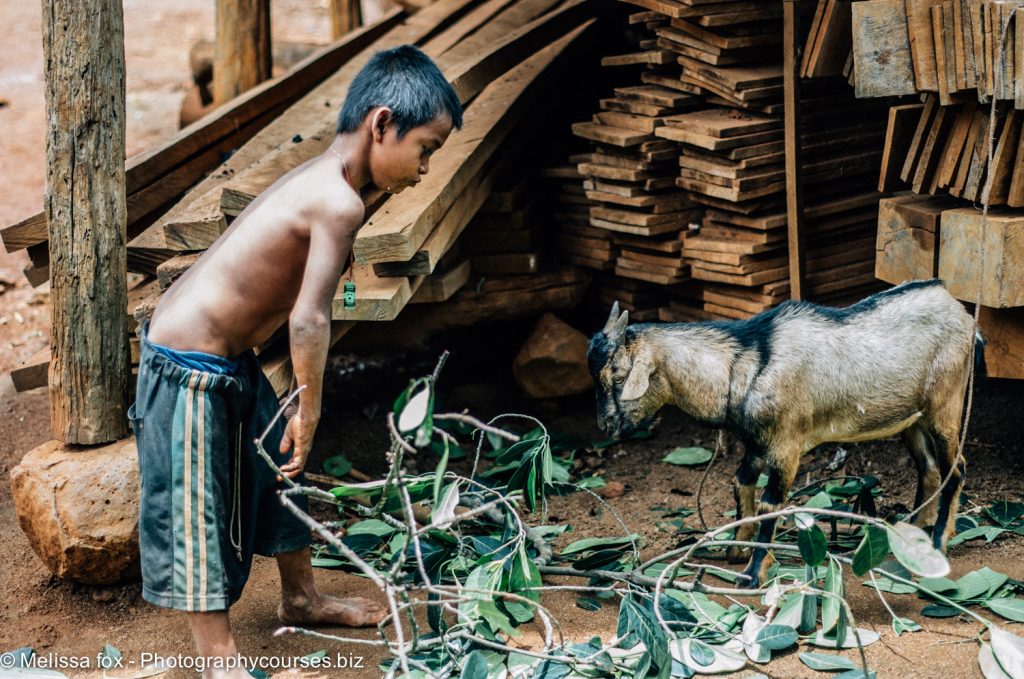
Pregnancy and burial in the Village.
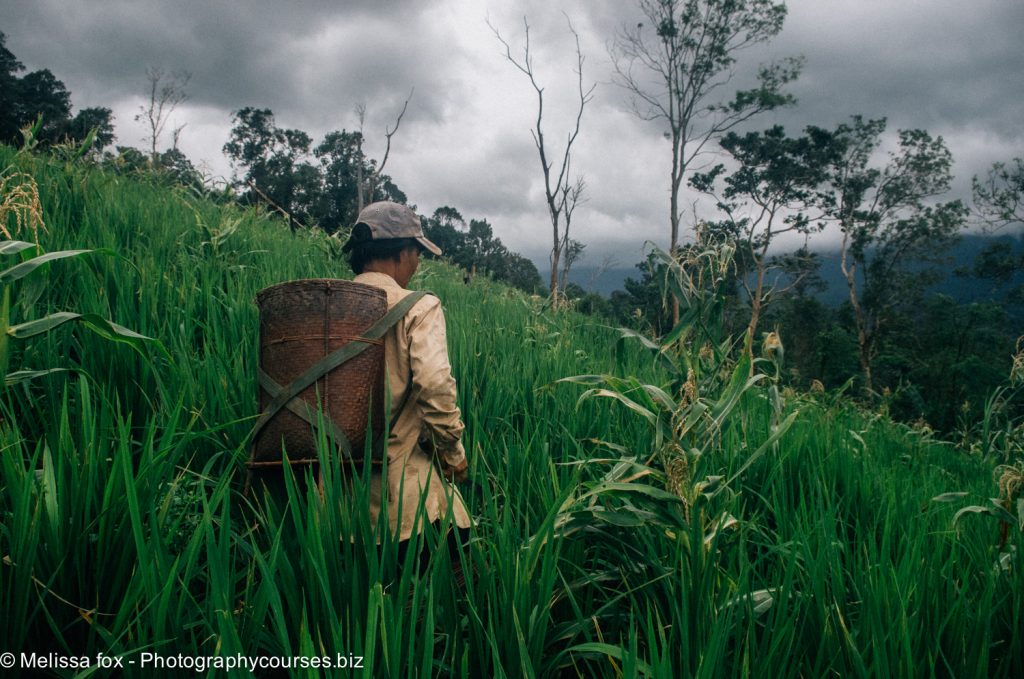
In the forest we walked past the Women’s Cemetery. This is where women are buried, and also were they go to give birth. A labouring woman will leave the village with a friend or a woman from her family, and live in the cemetery in a makeshift shelter while she gives birth, and for 10 days afterwards. After this time she will return to the village with her child, and step over a symbolic fire that the men of the village have built to cleanse her and the baby of any evil spirits. Before she can enter her home her husband will ask her if she has brought him a “good” baby or a “bad” baby. If she answers “bad”, the baby will be disposed of.
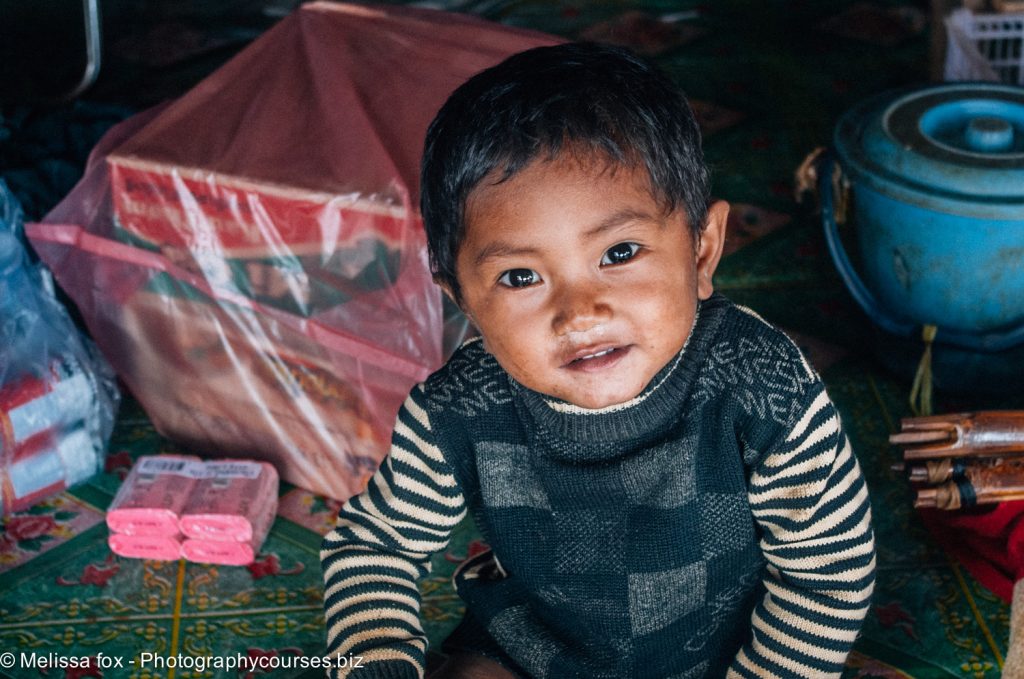
Apparently that never happens, women always say they have a “good” baby. If the woman did not survive childbirth, she would be buried in the cemetery, upright over a period of three days. On the first day she would be buried to her knees, on the second to her chest and on the third her head would be covered.
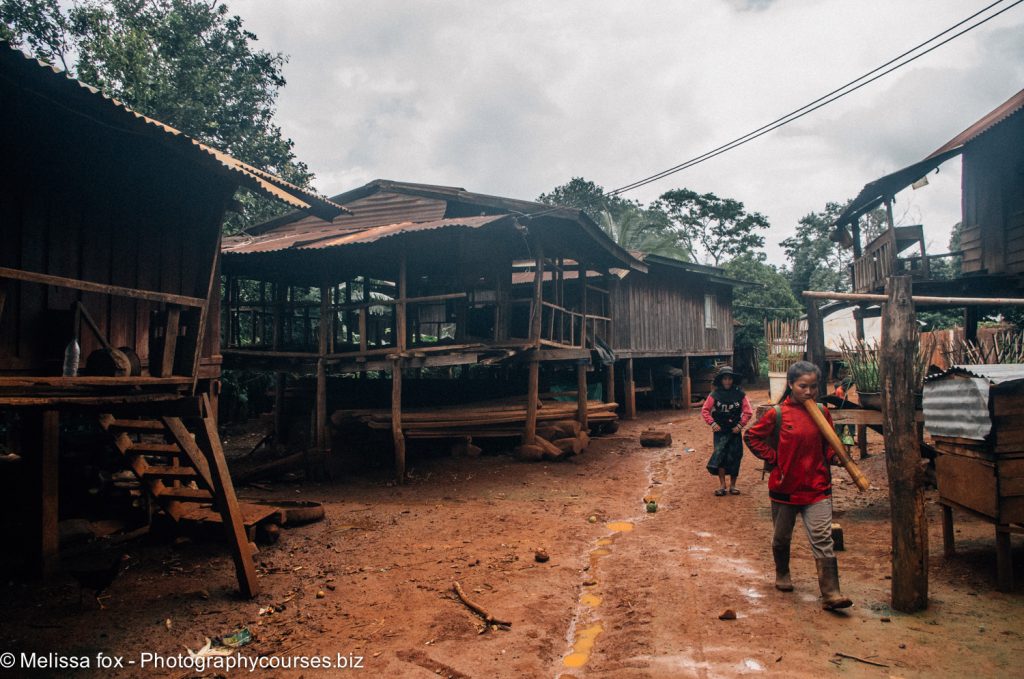
This is done as a cleansing ceremony to prepare her to go to Heaven, which happens to be the Moon. If you tell the villagers that men have stood on the surface of the moon, they won’t believe you. After all, how can an earthly man travel to Heaven and back?
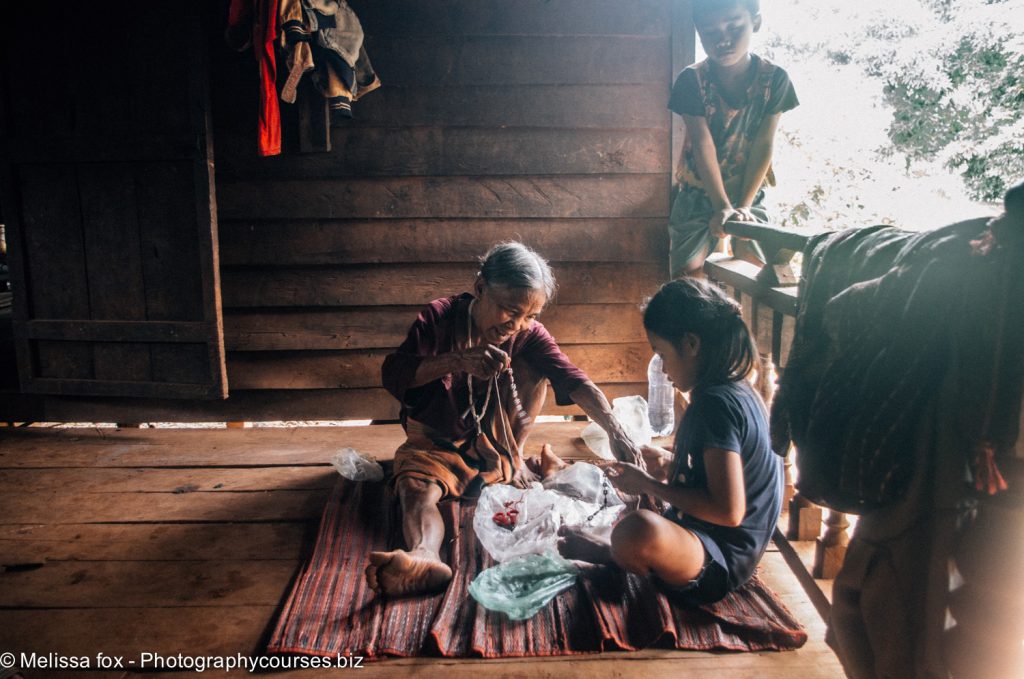
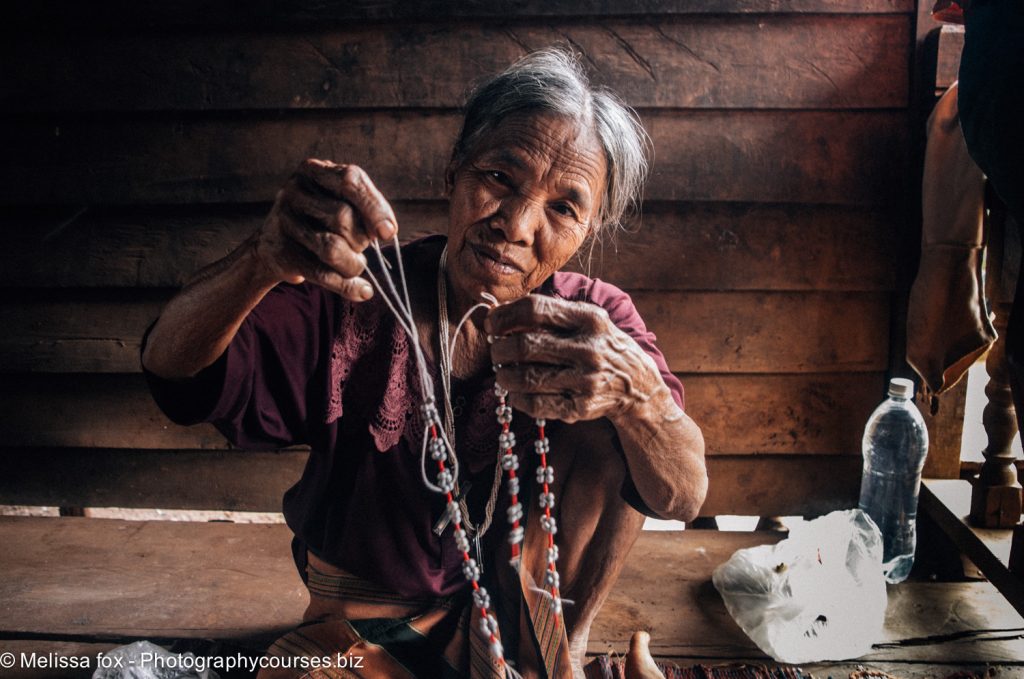
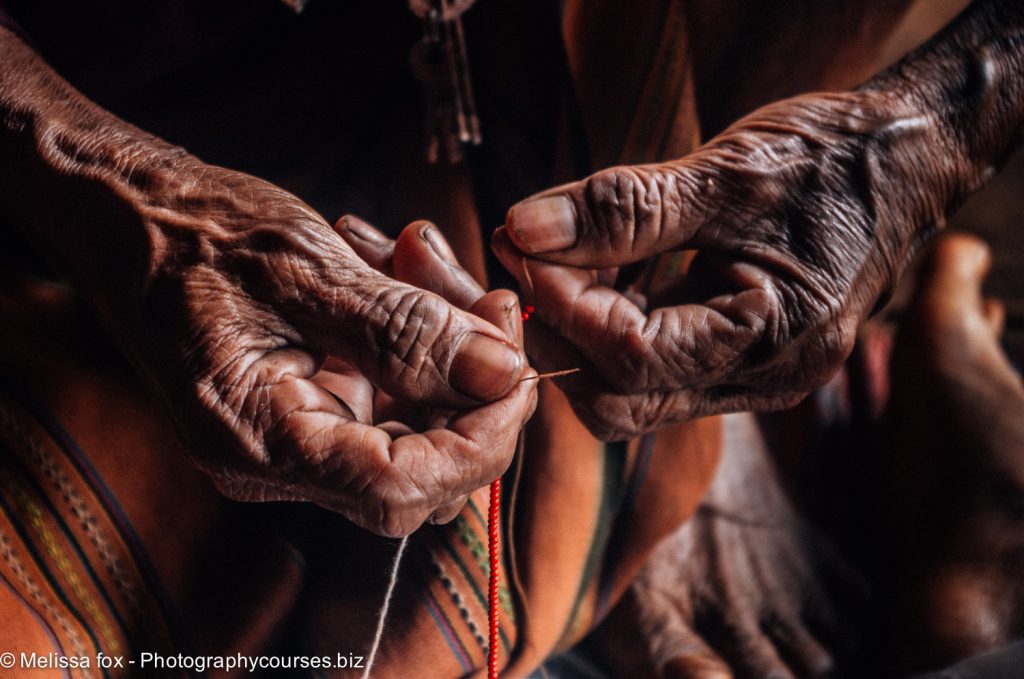
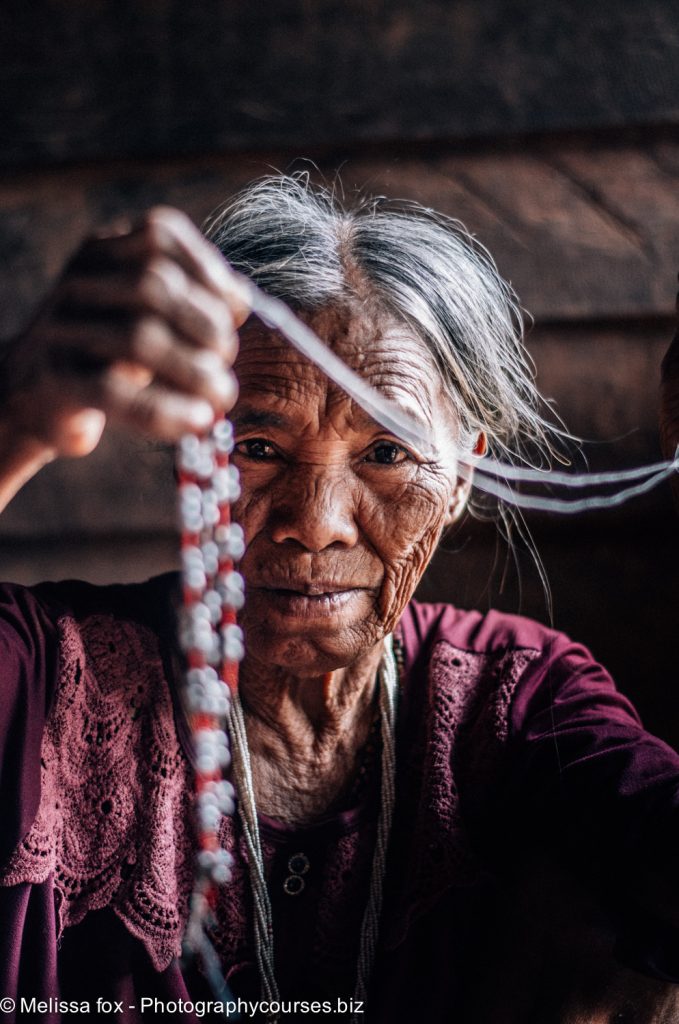
There are two other village cemeteries, one where you’re buried if you die of old age or disease, and another for those who die from an accident. If an accident befalls you it’s believed you had an evil spirit in you and in your family, and that the rest of your family could likewise be cursed. So as not to harbour bad spirits in the village, the whole family of the deceased has to leave the village and live alone out in the forest for five years, not stepping foot in the village for all that time. Five years. After those five years have passed, the family may return to the village and build a new house on clean ground; their old house having been pulled down years ago by the villagers.
THE TOUR
Captain Hook caters to tourist and the tour included a walk through the village, the coffee plantation, and the surrounding forest. The deep connection the Katu people had with nature was evident. From treating mosquito bites and stomach pain to washing their hair and whistling a signal to their sweetheart, there is a plant for any occasion.
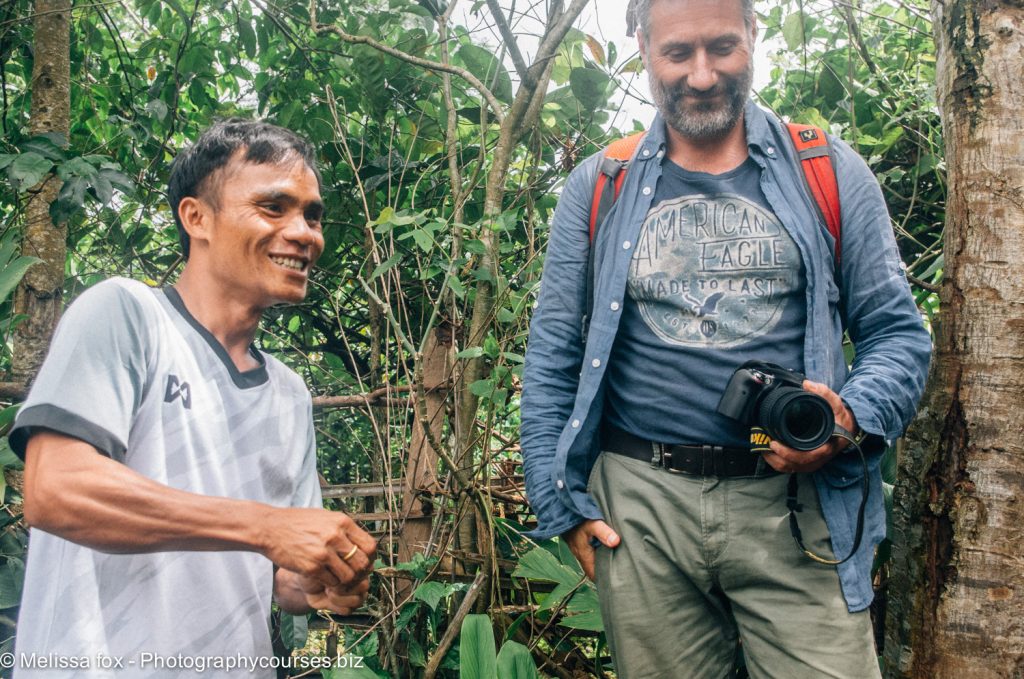
Harvesting coffee is the main source of income for the community. Captain Hook walked us through the whole process. Unfortunately, Laos does not have the money to promote itself as a coffee producer. For that reason the coffee is exported first to Vietnam and later to Japan and Europe, branded as Vietnamese. A kilo of organic coffee is sold for as little as 20k kip (or 2.02 euro). Captain Hook shared that an average family of 30 people live with around 6M kip or 617 euro a year.
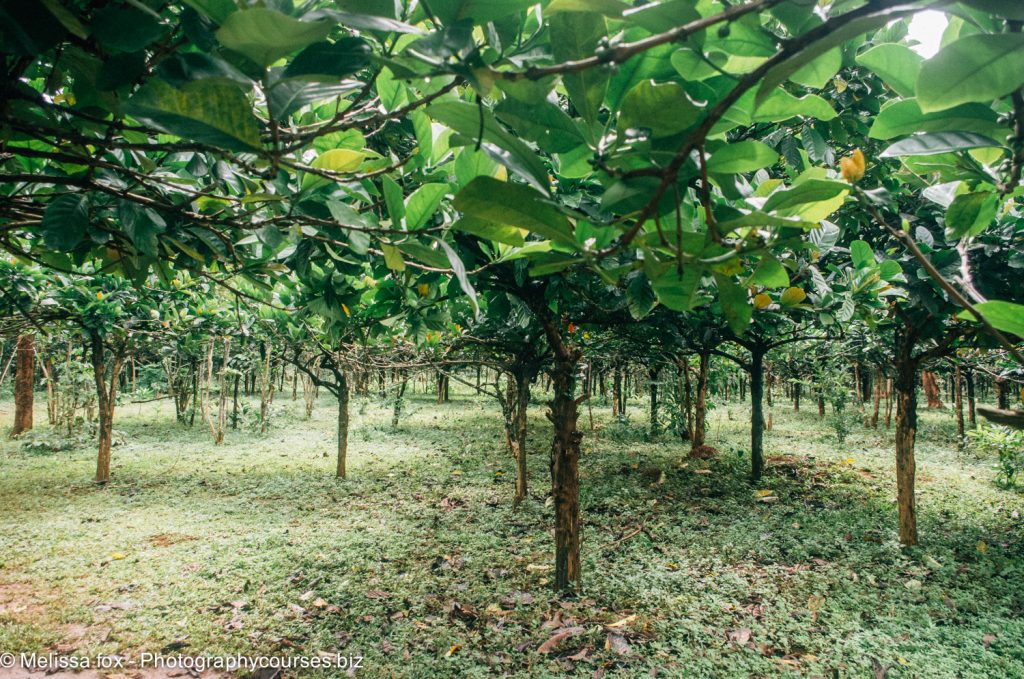
When we reached the forest, he warned us to follow only the designated paths, as the land was still contaminated with unexploded ordnance from the bombing of Laos in the 1960s and early 1970s, referred to as America’s “secret war”. The bombings destroyed many villages and displaced hundreds of thousands of Lao civilians, making Laos the most heavily bombed country per capita in history. Up to a third of those bombs did not explode and are taking lives to this day.
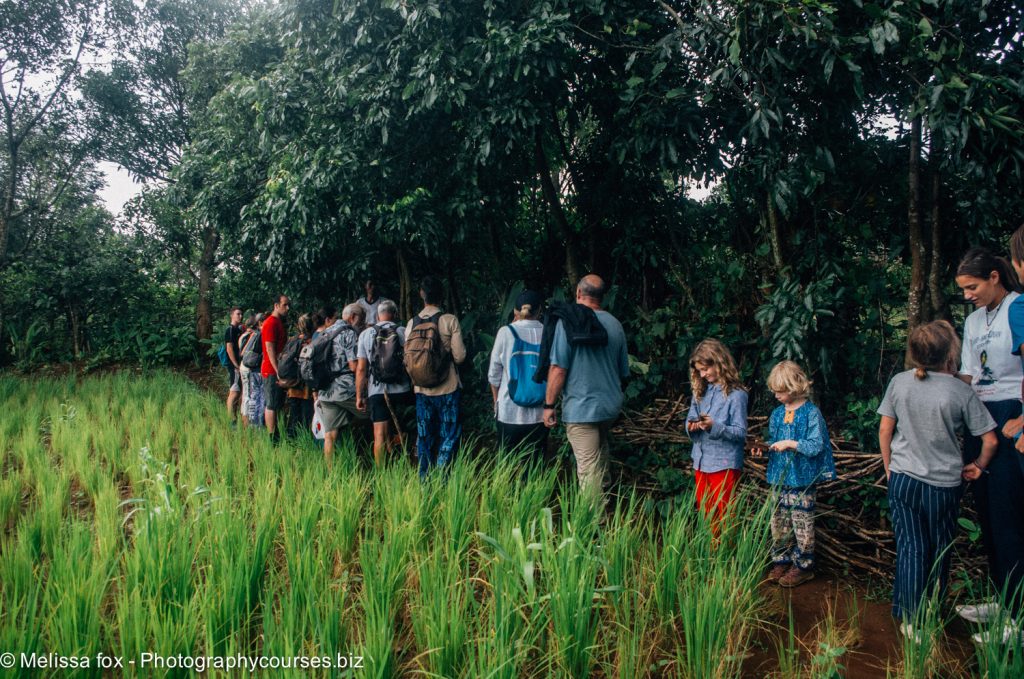
After dinner it was smoke-a-bong-time. I don’t know what it was – the closeness in the smoking circle, the relaxed sensation from the tobacco or the peace evenings bring, but we started dwelling on topics such as happiness and the meaning of life. Despite all our cultural and social differences, some of our core longings were the same – family, community, love. We all wanted to belong.
PERSPECTIVE IS EVERYTHING
3 days later, in my hostel room with a hot shower and a comfy bed,I had a conversation with a friend.
“Why did you do that?” she asked perplexed.
“I was looking for an adventure, I guess,” I answered not quite convinced.
It’s true. I love adventures. I feel tremendous pleasure in exploring and learning about people and different cultures. With my solo trips I try to push my comfort zone a little further every time. But there was more to it this time.
I thought I had it all back home – a decent job that allowed me to travel, family and friends that adored me. But somehow I was emotionally drained from living in a community that was bound to chasing things like a high-status job, fame, the perfect partner – societal norms that I’ve been fed since childhood. I was feeling like a square peg in a round hole – miserably failing to live up to the high expectations of others. “Maybe”, I thought, “if I go back to the basics, I’ll find an alternative that’s socially acceptable.”
Little did I know that “back to the basics” was governed by different social norms – working on the field, getting married by the age of 16, spending your life in the village. And right there, among the Katu people away from the influence of others, it hit me. There isn’t an alternative. There isn’t a silver bullet solution to finding your way in society. Everywhere you go there will be expectations and societal norms to pressure you. They’re there to provide guidance and make it easier for the crowd to live together. But that doesn’t mean that’s the only nor always the right way.
Captain Hook showed me that it’s OK not to live up to the expectations of others. We can be content with life even if we don’t fulfill the socially predefined image. The key is to work things out for ourselves, stand bold to the criticism of others and act against all odds.